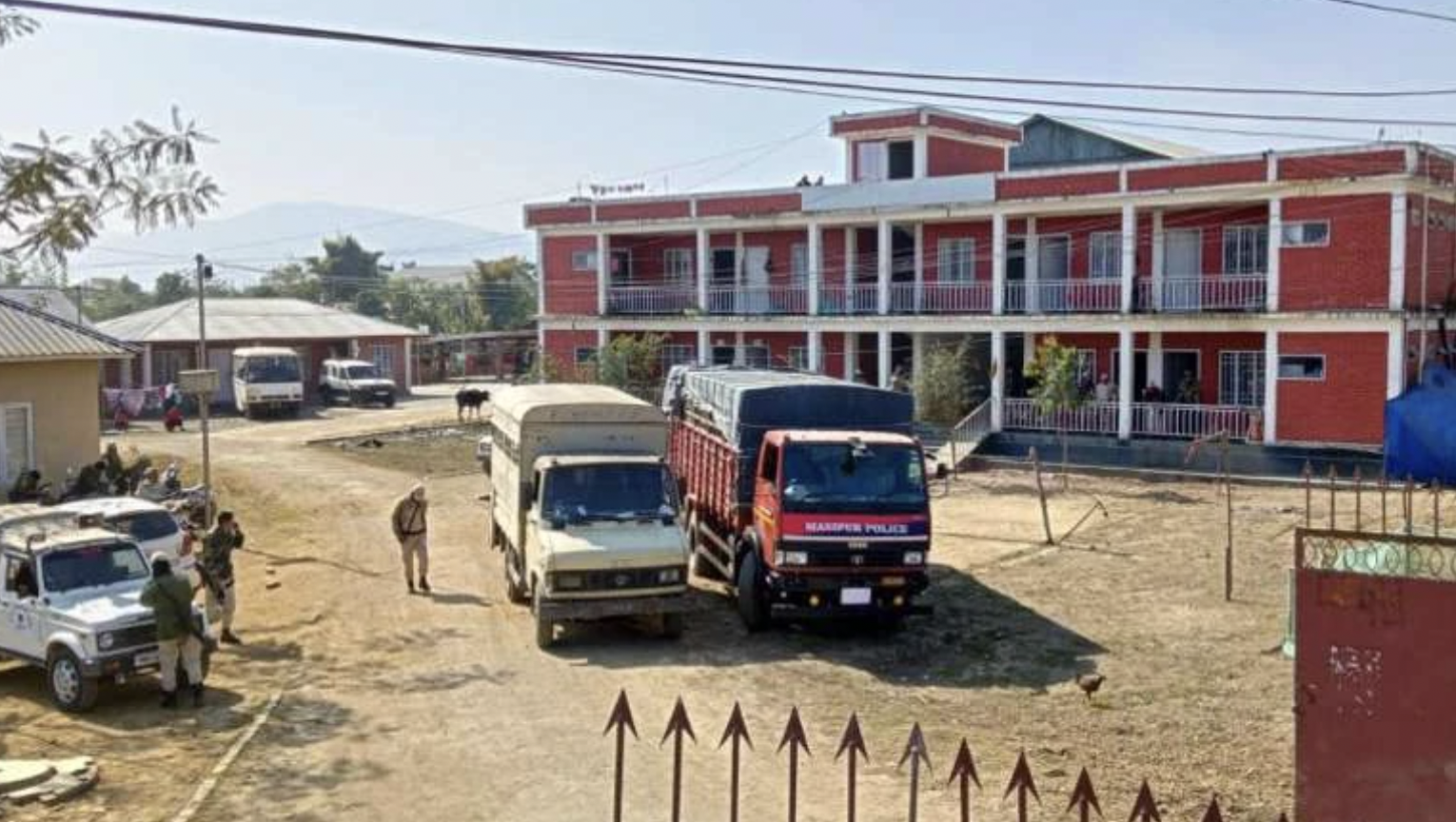
Authorities in Uttar Pradesh have launched a crackdown on Rohingya refugees, leading to the arrest and detention of dozens of people apprehended during raids at camps. The arrests are part of a wider, nationwide policy targeting refugees from Myanmar. With no legal limits on detention, refugees can be held indefinitely. Recently, when a group who had been detained for two years protested against their detention in Jammu and Kashmir, security forces fired tear gas, killing a five-month-old baby.
Myanmar and Rohingya Refugees in India
Although India’s leadership has condemned the violence in Myanmar at the UN level, at the same time it has ordered specific policies aimed at curbing the rights of refugees from Myanmar, including by restricting their freedom and removing them from the country. Since 2017, the ruling BJP party has conducted a deportation campaign targeting Rohingya, in which thousands have been arrested and detained. According to rights groups, between 2017 and April 2022 16 Rohingya refugees were returned to Myanmar–despite the grave threats they face there.
In July authorities in Uttar Pradesh arrested and detained 74 Rohingya, amongst them five children and one pregnant woman, from six towns and cities in the state–on the grounds that they had crossed the border illegally. Faced with the constant threat of detention and deportation, many are reported to have fled areas where detention is common for Bangladesh or other parts of India.
Similarly In the northeast border states, where thousands of Chin refugees have arrived since the 2021 coup d’état, a government order in 2021 called on state governments to check the “illegal influx from Myanmar,” restrict refugees to specific locations, and initiate deportation proceedings.
Some states have pushed back against this campaign. In Mizoram, the state’s Chief Minister urged Prime Minister Modi to provide asylum to refugees and called government orders to deport refugees as “not acceptable.” Instead, local government has insisted on providing assistance to arrivals and permitted them to work, and community organisations have ensured refugees are provided with supplies.
In Manipur, however, the state government has adopted the Modi government’s stance and hundreds of refugees have been placed in a host of detention facilities. These include a detention facility within the complex of Sajiwa Central Prison (Imphal) where the extent to which detainees are separated from the criminal population is unclear, and Churachandpur Jail, an ad hoc detention facility established inside a community centre (Sadbhavana Mandop) for the purposes of confining Myanmarese nationals. Reports indicate that detainees are required to work for food at this site, which has been a site of conflict between different local populations, including in early 2023. Authorities are also currently in the process of establishing several “shelter homes” which will function as detention centres.
Rights Groups Urge India to End Arbitrary and Indefinite Detention
There are no detention time limits in India, leaving detainees subject to indefinite detention. In many cases, refugees have been detained for several years. In a recent report highlighting the length of detention of Rohingya in India, Fortify Rights refers to the case of a refugee who has been detained for five years.
The issue of indefinite detention was also made alarmingly apparent in July, when reports of up to 270 Rohingya protesting against their two year detention in Hiranagar Holding Centre (Jammu and Kashmir) made headlines. The group, who had been on hunger strike since April, began demonstrating in July–but were met with excessive force, including beatings and tear gas fired by security forces. During the violence, a five-month-old baby was killed.
In the wake of recent events, several rights groups have demanded that India immediately cease the arbitrary and indefinite detention of refugees in India:
Lack of Refugee Protection
According to the Rohingya Human Rights Initiative, a non-profit organisation advocating for the rights of Rohingya in India, many of those arrested in the recent Uttar Pradesh raids held identity cards issued by UNHCR.
However the possession of UNHCR paperwork does little to protect refugees in India. As the GDP highlighted in a joint submission with the Asia Pacific Refugee Rights Network (APRRN) and the World Organisation against Torture (OMCT) to the UN Univeral Periodic Review in March 2022, India has not passed refugee or asylum laws, relying instead on its Foreigners Act (1948), which provides for nearly unchecked executive powers against foreigners and has no special provisions or statutory exceptions for vulnerable populations like asylum seekers and refugees. This has resulted in a situation where despite UNHCR recognition and the temporary protection they offer, recognised refugees are still at risk of administrative detention.
Context
Estimates of the number of refugees from Myanmar living in India vary widely. While UNHCR has stated that 21,000 Rohingya were living in India as of December 2022, others continue to cite a 2017 government estimate of 40,000. According to Refugees International, the largest populations of Rohingya are in Hyderabad, Jammu, Nuh, and Delhi.
Numerous sources also estimate that 50,000 Myanmar nationals, principally ethnic Chins, have sought safety in India in the past two years–although a lack of adequate protection mechanisms means that it is almost impossible to estimate the real number. They are largely concentrated in Mizoram state.


